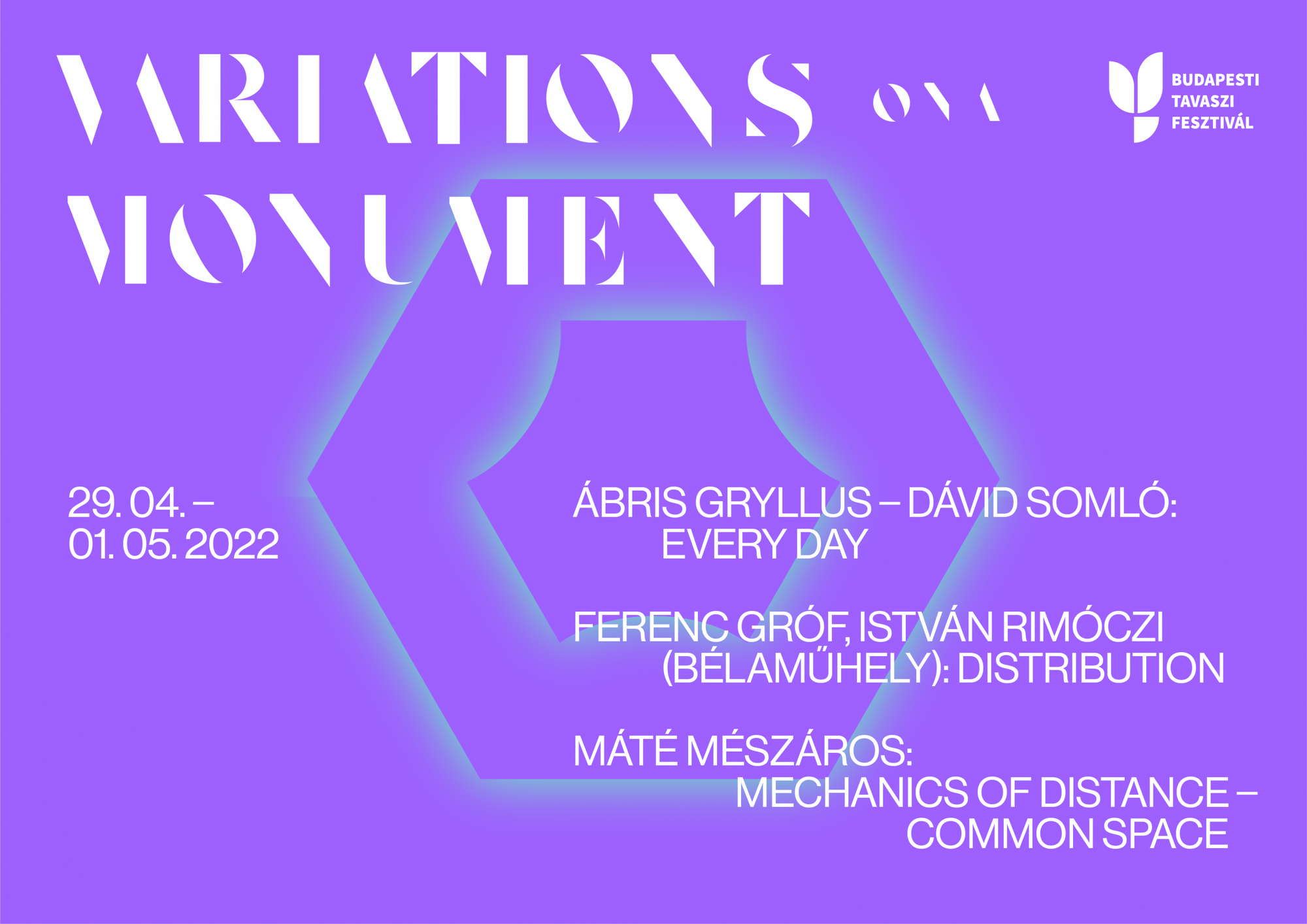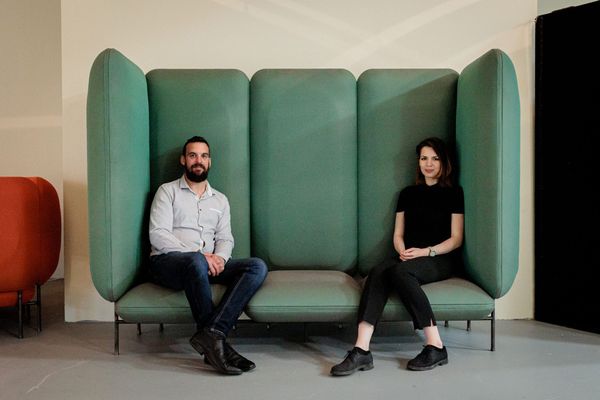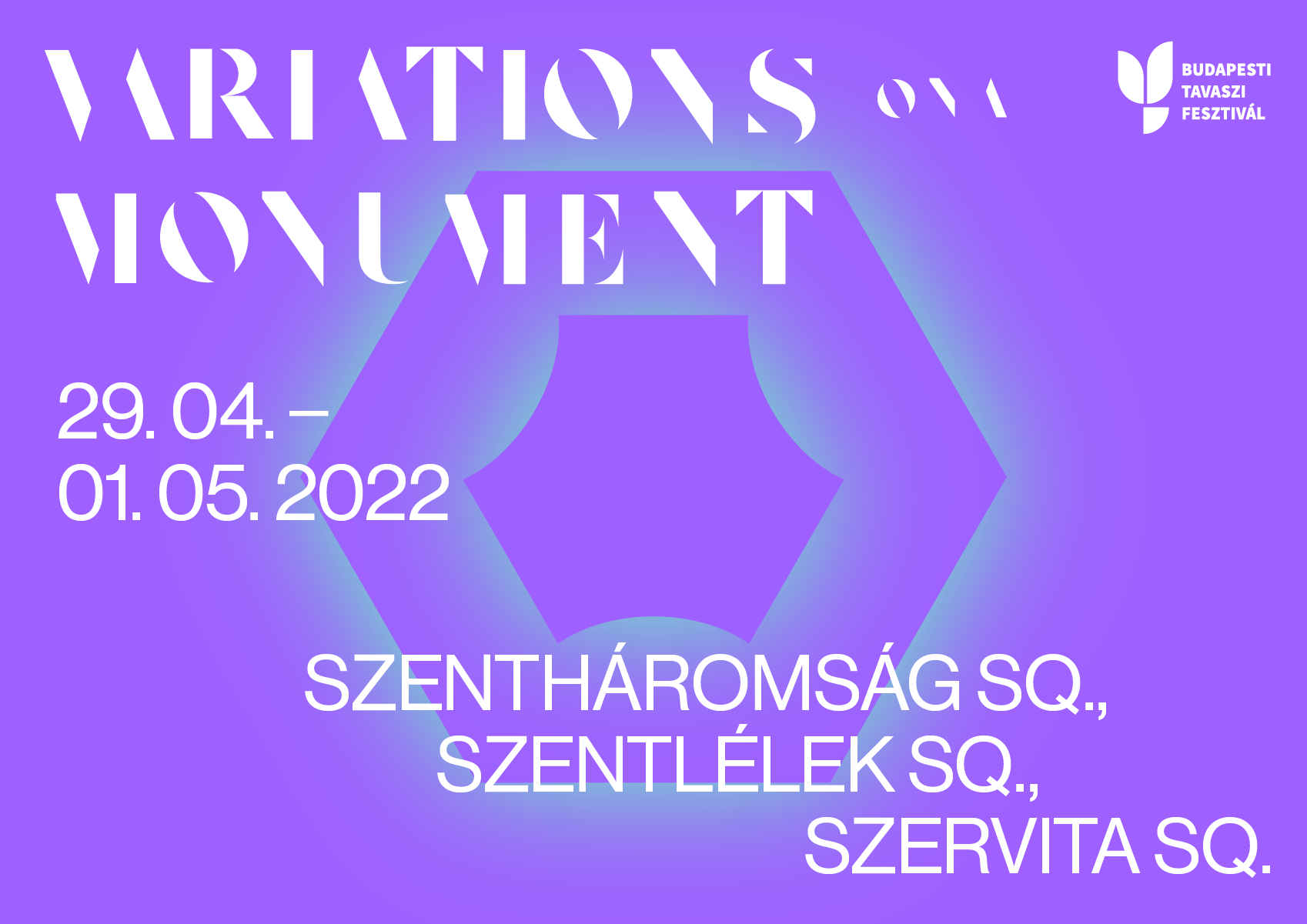You can have an exciting artistic experience if you visit one of the squares of Szentháromság, Szervita, and Szentlélek in Budapest between April 29 and May 1. These squares of the capital are home to temporary works titled Variations on a Monument, which commemorate the victims of the coronavirus epidemic with the tools of contemporary art in a metaphorical form.
The capital’s fight against epidemics is not new. Both the struggle and the commemoration go back hundreds of years. Our ancestors erected so-called vow monuments in the form of “epidemic columns” because they wanted to, or even because they successfully got rid of the plague. Three emblematic squares, on the axis of Óbuda, Buda and Pest, feature the three-day event series, which grew out of a civil initiative, and seeks to answer the question of what contemporary reinterpretations of the memorial genre might have? The question of whether a monument can be “built” from something other than marble can be answered by contemporary art. Human bodies and voices, like noble materials, can leave a memory in people at a given time and space, acting as a process.
In order to implement the concept, contemporary artists were invited, who created a historical bridge between a distant and a very close event, the plague and the Covid epidemic, in three very different genres, linked to the sites.

Ábris Gryllus and Dávid Somló composed a walkable spatial sound carpet consisting of twenty loudspeakers on poles representing the counties of Hungary by sonifying the daily epidemic data and transforming the data into sounds. The musical performance of Ferenc Gróf, visual artist and István Rimóczi (Bélaműhely) is based on a small object, a spirometer used in pulmonology (measuring lung capacity). Based on the model of the device that came to the fore with the epidemic, musical instruments were created, which are performed by professional musicians, disabled and disadvantaged adults in the framework of a winds mini-concert. Máté Mészáros dancer-choreographer’s performance, The Mechanics of Distance is linked to the programs as a transcription of a previously written piece, performed by contemporary dancers and high school students. The theme of emotional distance was saturated with the coloration of the physical distance experienced during the coronavirus outbreak.
The art event can be approached by both horizontal and vertical reading, as the three performances are presented in three different places at three different times, thus ensuring that everyone interested can participate in the performative monument, which unusually leaves its mark not in space, but in the form of experience.
The Variations on a Monument will be held between April 29 and May 1 in the garden of the Budapest Spring Festival, commissioned by the Municipality of Budapest, under the coordination of the Budapest History Museum—Budapest Gallery. A detailed description of the event can be found here.
Budapest Spring Festival | Web | Facebook | Instagram
Budapest Gallery | Web | Facebook | Instagram

This unconventional solution provides shelter for stray dogs

Sustainable Hungarian design products designed for success










